Planogram or POG is a visual diagram that shows how to display products or shelves in a brick and mortar store. According to ATO’s report, the average retail rent is between 6–21% of total operating costs. Therefore, making the most of space can help you save a lot of operation budget. What’s more interesting? Planogram is the key to efficient visual merchandising. By mapping out the overall store layout, you know where and how to place products to trigger customer purchase action. So, what is a planogram in retail? This article will explain planogram definition and suggest 3 visual merchandising tips to increase sales.
What is a planogram?
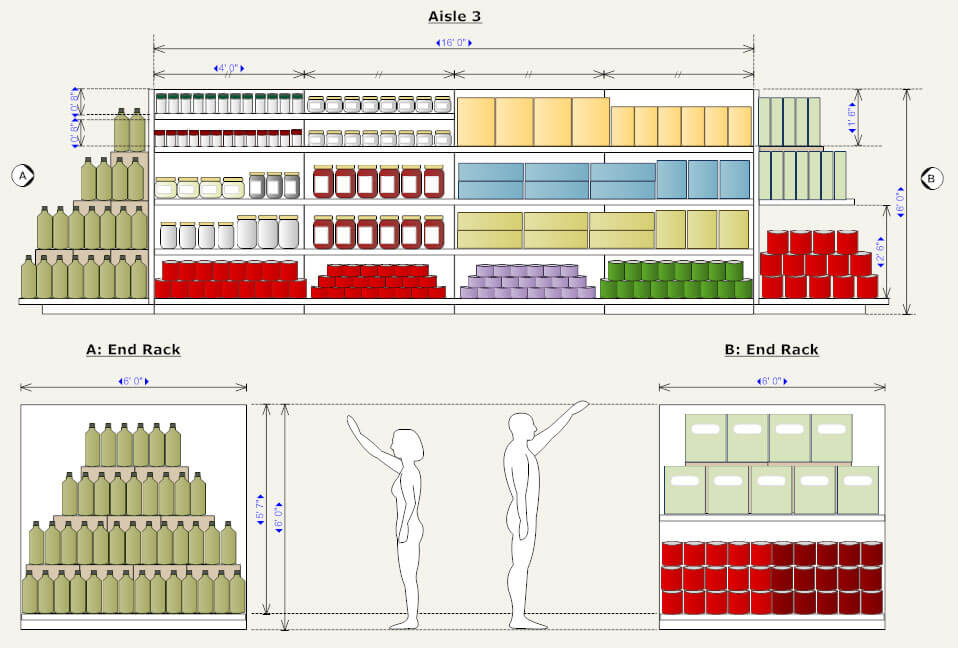
A planogram is a detailed drawing of a brick-and-mortar store in an overhead view to show exactly where every product is located. It utilizes flow diagrams in a store layout by shelves or aisles, and reflects product volume compared to customer demand. Thus, it minimizes your effort in the most critical task of retail store operations — on-shelf availability (OSA). Planograms help your employees control inventory more closely and replenish products more accurately. According to a National Association of Retail Marketing Services report, planogram compliance increases retail profits by 8.1% by avoiding lost sales opportunities due to overstock and stockout situations. In addition, the planogram maintains your store layout to maximize sales and attract returning customers, improving customer satisfaction.
As a retail store planogram illustrates the spaces allocated to each SKU, the complexity of the planogram can vary depending on your business size. Planogram examples can be as simple as a photo of a preset or be more detailed with numbered dowel holes and shelf notches showing the exact location of each item. Thus, you may come across many terms for this concept when reading about planogram definition for store management, including:
- POG
- Schematic
- Space plan
- Shelf space plan
- Plan-o-grams
- Plano-grams
Why is planogram important?
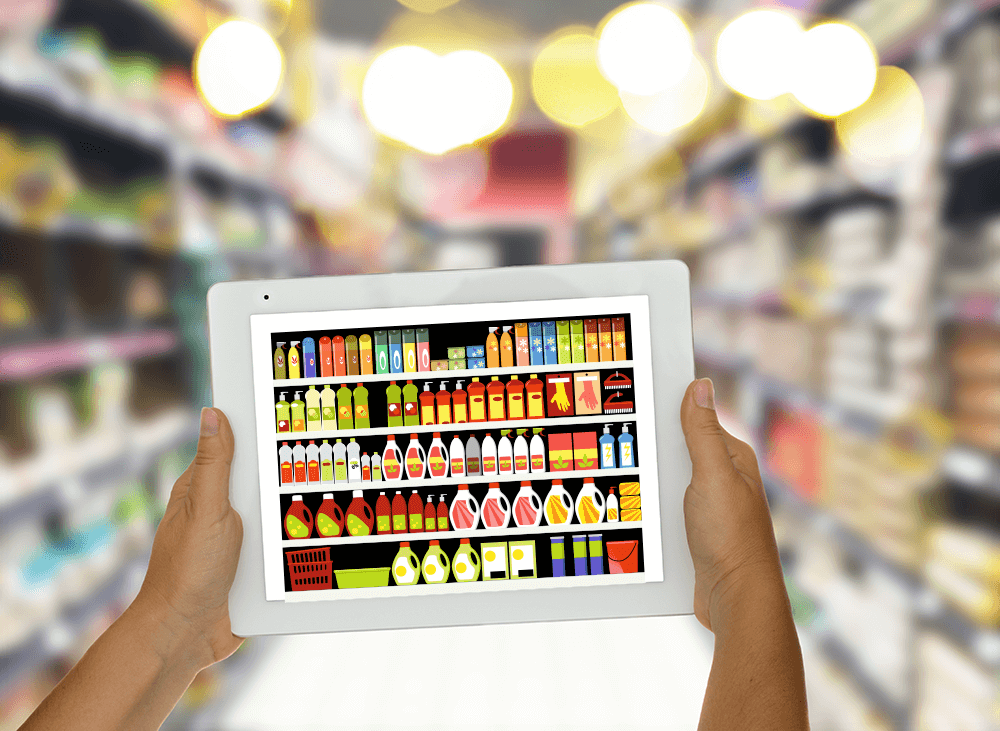
Most retail stores, grocery stores, and supermarkets use planograms because they have a large number of products to manage. The benefits of using store planograms include:
1. Maximize sales
The ultimate goal of planograms for retail stores is to drive more sales. You can use planograms to place products throughout your store in a single layout strategically. From there, it increases the chances of customers viewing items and then purchasing. Also, when you leverage your planogram, it provides helpful insights like what items are selling well and where they should be located. Conversely, you can move other products to a more strategic location in the store or try out 15 retail window display ideas to boost in-store traffic and increase sales in 2022.
2. Promote cross-selling
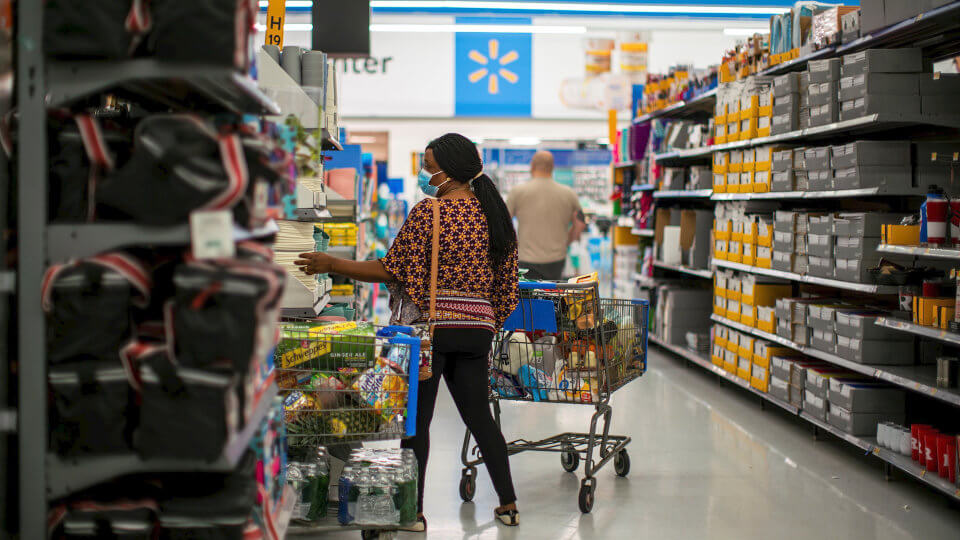
Retail store planograms allow strategic product placement from a cross-merchandising point of view. For example, grocery stores often put milk and bread in the far back corner because they want customers to walk past other items and increase purchase volumes. So, it’s easier to plot these routes with a planogram. On the other hand, suppose there’s an item many customers come back to buy frequently. In that case, you can consider placing it near supplementary products to encourage customers to browse other items you want to up-sell.
3. Optimize visual merchandising display and in-store space
Planograms are especially useful for retailers or grocers with a wide range of products and categories from multiple vendors. For example, Walmart typically has 120,000 SKUs, and Target has 80,000 SKUs at a time. As a result, planograms are a source of data that helps you make better data-driven decisions.
For example, by looking at historical sales data and comparing that data with planogram flowcharts, you see which products are selling the most and where they are. You can do the same for slow-moving goods. Moreover, planograms allow your staff to view the product layout in the entire store and suggest creative changes to some corners in the room, such as encouraging impulse purchases in retail checkout counters by putting on a new design.
4. Enhance customer satisfaction and shopping experience

Loyal customers always want to know the location of their favorite products. If customers can’t find items they need, it leads to a poor experience and can cause them to leave the store without purchasing. From this, you can see how product placement impacts buying behavior and infer strategies to capitalize on selling opportunities, especially in a cash wrap. Remember, attractively showcasing your cash wrap can reinforce your brand identity to enhance customer loyalty and value recognition. As a result, you can use store planograms to strategically showcase settings for higher visibility. For example, place your core products where customers first enter a store or at the customer’s eye level.
5. Leverage inventory management
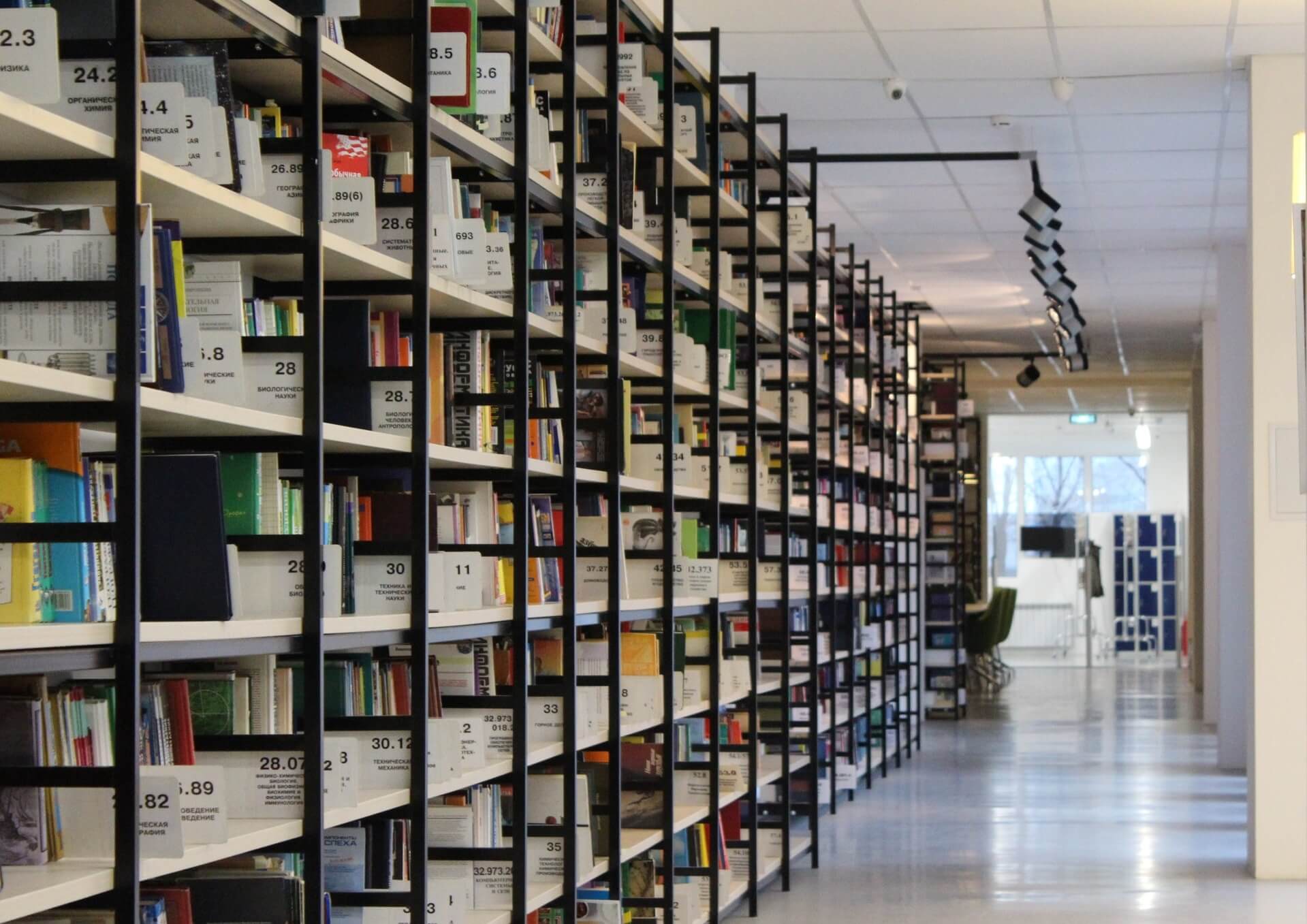
Planogram supports more efficient inventory management. Your employees can grasp inventory levels more easily because store planograms show everything in its rightful place. Alternatively, if you’re working with suppliers, wholesalers, and third parties, you can do a planogram guide on the space item they’re responsible for. Some suppliers are willing to buy an entire aisle section to stay away from competitors and highlight their products. However, it also means that any deviation from the store layout could result in a financial penalty for a retailer. That kind of planogram setup can create ownership and accountability.
How to use planogram efficiently in visual merchandising
Many retailers use planograms and assume that their staff will execute them flawlessly. However, according to a study by Cognizant, more than 50% of product categories do not adhere to store planograms. The lack of compliance and poor execution cause millions of dollars in revenue each year. Here are 3 tips for retailers to get started with a planogram and improve it.
1. Increase in-store planogram compliance
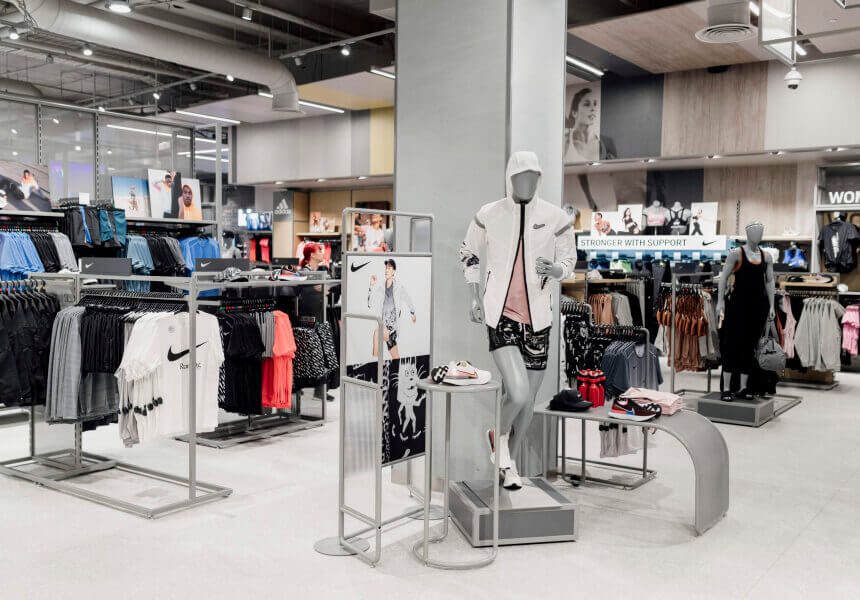
You can consider investing in innovative technologies to ensure a high level of planogram compliance and proper visual merchandising execution. For example, your employees can use handheld mobile computers to take pictures of the shelves daily and send the photos to store managers. From there, you can direct your staff to move items to their proper locations.
- If your aisles are too narrow, you can install cameras on your shelves to recognize when specific products are out of place or running low.
- If you have few employees, you can apply technological innovation like sophisticated robots combined with technical cameras and inventory tracking software.
These automated solutions keep an accurate record of product availability, location accuracy, and shelf availability demand, maximizing sales and improving customer experience.
2. Compare planogram with realogram regularly
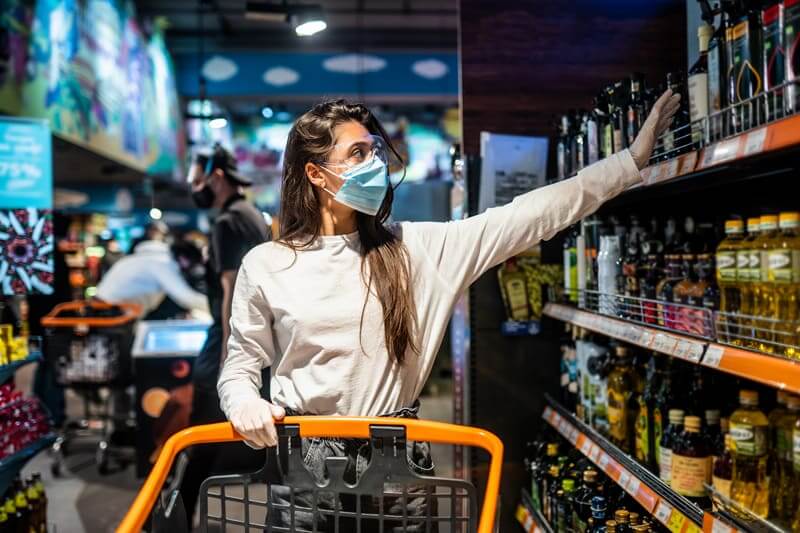
Realogram is a realistic description of a particular shelf at a store at a given time. By comparing the planogram with the realogram, you can quickly verify if your staff implement and comply with your retail store planogram. The causes for the disparity or discrepancies between planogram and realogram include:
- Knowledge gaps around new POG resets
- Space constraints due to limited shelves
- Changes that haven’t been disseminated in a timely manner
- Product movement or migration by customers
It’s essential to ensure the planogram and realogram align because retailers can fill any available shelf with the most profitable items to maximize sales. In the age of COVID-19, profit margins are razor-thin, so retailers shouldn’t miss any opportunities. Conversely, if you don’t follow the planogram, it can lead to margin erosion in the long run.
3. Optimize planogram continuously
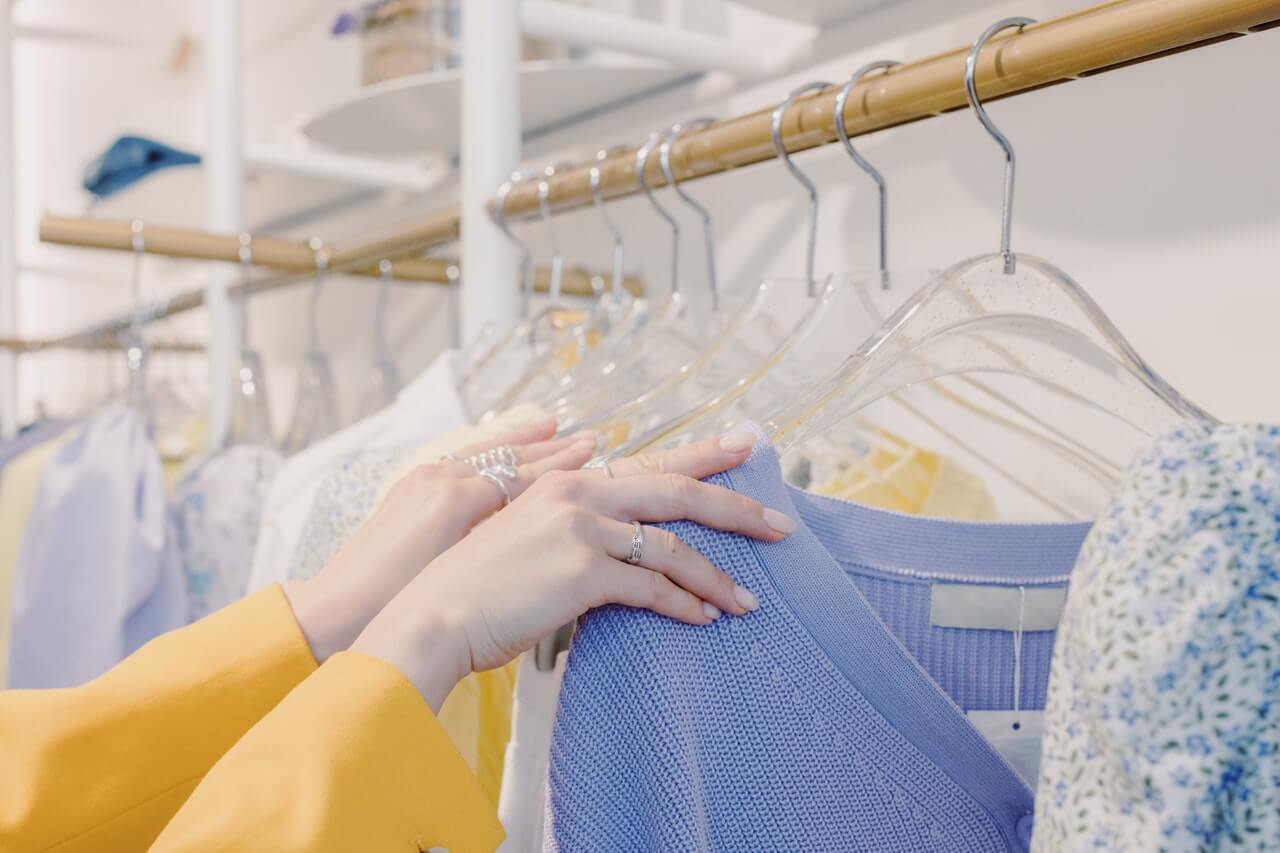
Creating a planogram begins with a needs assessment. The highest priority factor that influences the placement of items and in planogram creation include:
- Popularity
- Visual appeal
- CPG manufacturers pay for ideal product placements in your store
- Ongoing promotions
Also, you may need the coordination of many parties to optimize planograms for retail stores. For example, a sales or marketing team will provide directions in terms of aesthetics, product line placement, and vision level of the planogram. In addition, you’ll need to refer to the terms and conditions of the agreement with CPG providers.
What is the difference between a planogram specialist and a visual merchandiser?

The key difference between a planogram specialist and a visual merchandiser is at the heart of their work. A planogram specialist is responsible for arranging merchandise on store shelves according to customer flow and buying behavior to create store planograms. Meanwhile, a visual merchandiser is responsible for designing the entire store’s display windows and store layout. Visual merchandisers create aesthetically pleasing displays, grab the customer’s attention, and drive sales.
Related questions
What is a planogram reset?
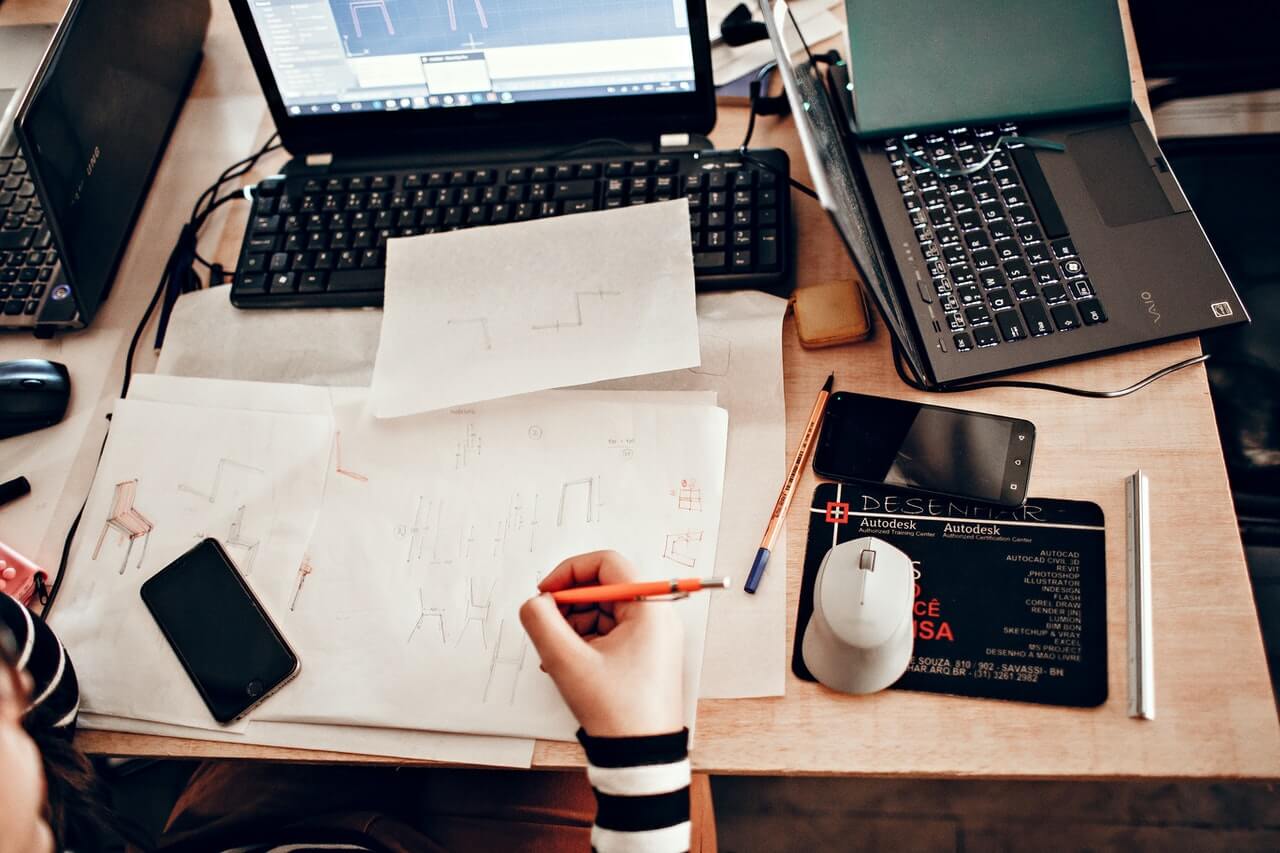
A planogram reset is a reorganization of a POG in which a retailer deploys a new graphic for a large-scale reconstruction of their store layout. It includes stocking an existing product in a new way or stocking a new product. Plus, frequent resets keep the store aisles attractive and fresh. Also, it’s an excellent way to give the store a seasonal feel or introduce new products. During a retail store planogram reset, you’ll need to update the display for a new chart to guide your staff.
What is the purpose of a planogram?
The purpose of a planogram is to keep retail store operations efficient. The largest U.S. retail chains such as Walmart, Target, Costco, and Kroger use store planograms to improve visual appeal, create consistency across store locations, and drive product pairing recommendations. Additionally, it helps retailers determine how much inventory they’ll need for each product. With smaller retailers like local stores, boutique stores, planogram maximizes their visual merchandising.
Who invented planograms?
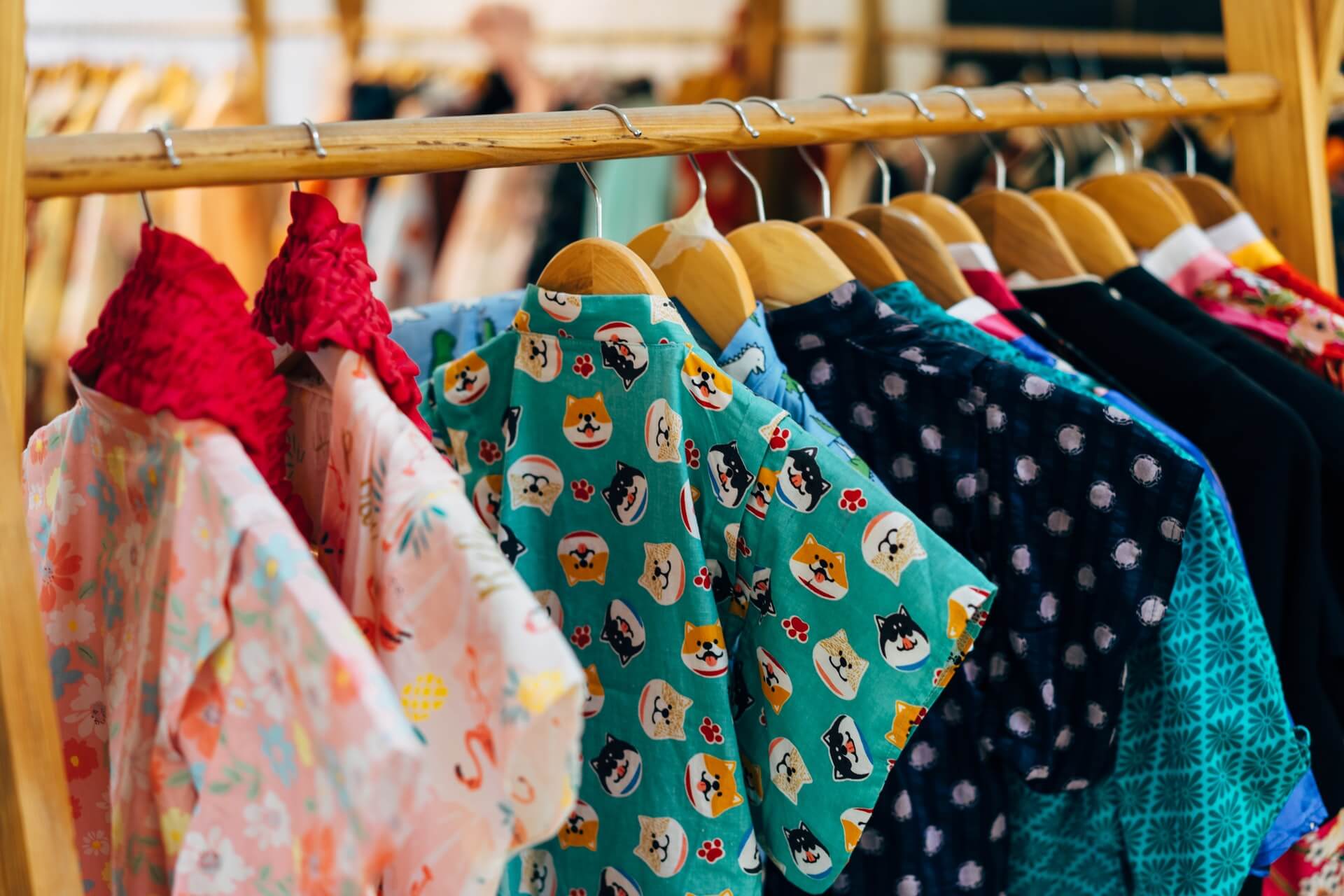
Kmart invented planograms around the 1980s. Although it’s quite different from modern 3D planogram examples, it was a new step forward in long-standing spatial planning and had defined retail needs. This planogram allowed Kmart to simulate the customer’s experience in the store from multiple angles. From there, it provided a deeper and more realistic understanding of their store layout.
Conclusion
Knowing “What is a planogram?” and how they work may have helped you understand the vital role of displaying and placing products on retail visual merchandising. Planogram maximizes retail store shelf space and engages consumers. So, when designing your retail store planogram, consider your sales plan, design, size, color, and overall appeal of your products. You can build an easy-to-follow layout yourself and quickly move sections around to increase sales. Therefore, store planograms can give you the best chance of success through strategic product placement and enhanced product visibility.
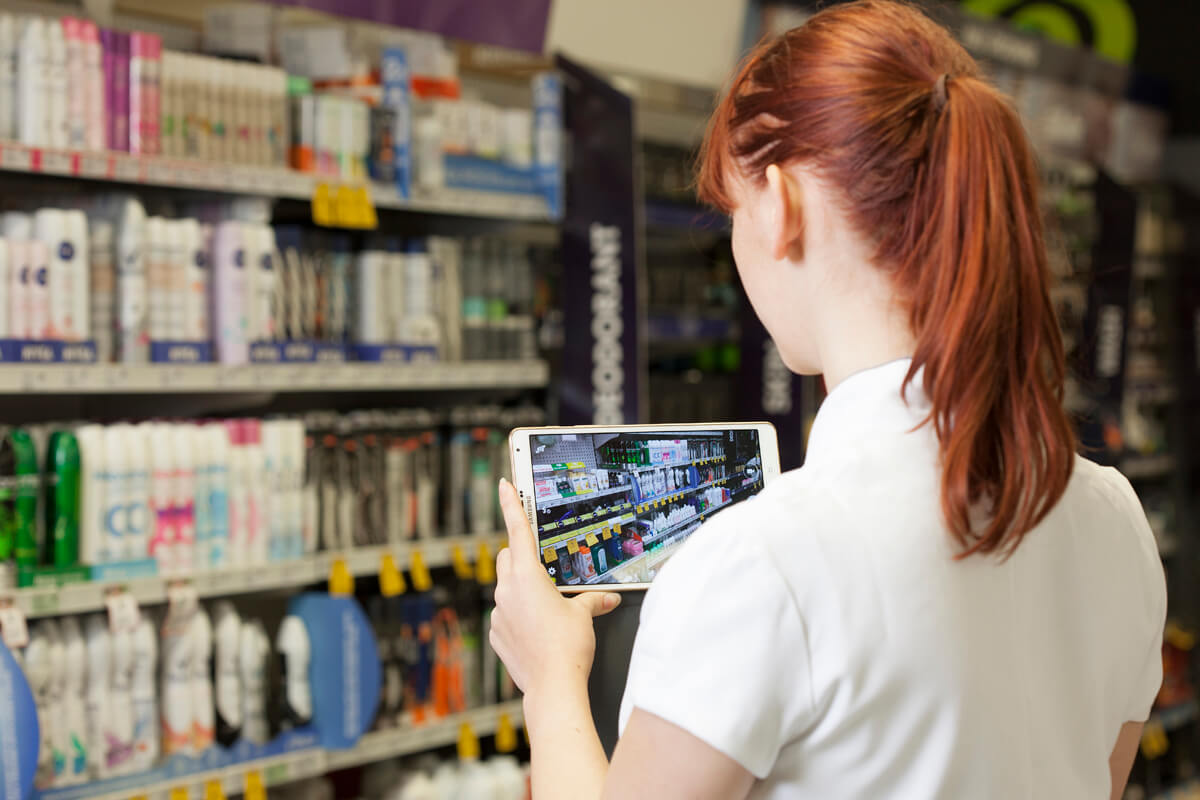
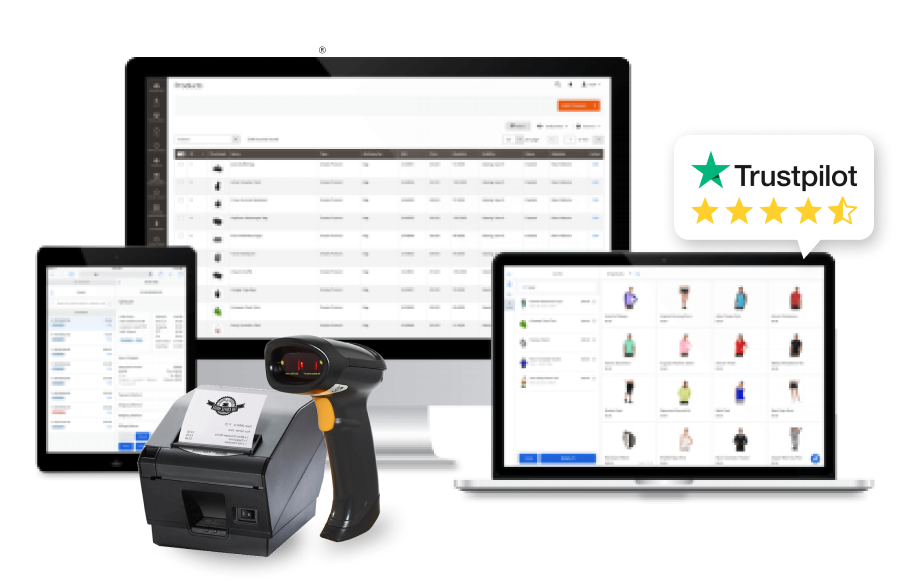




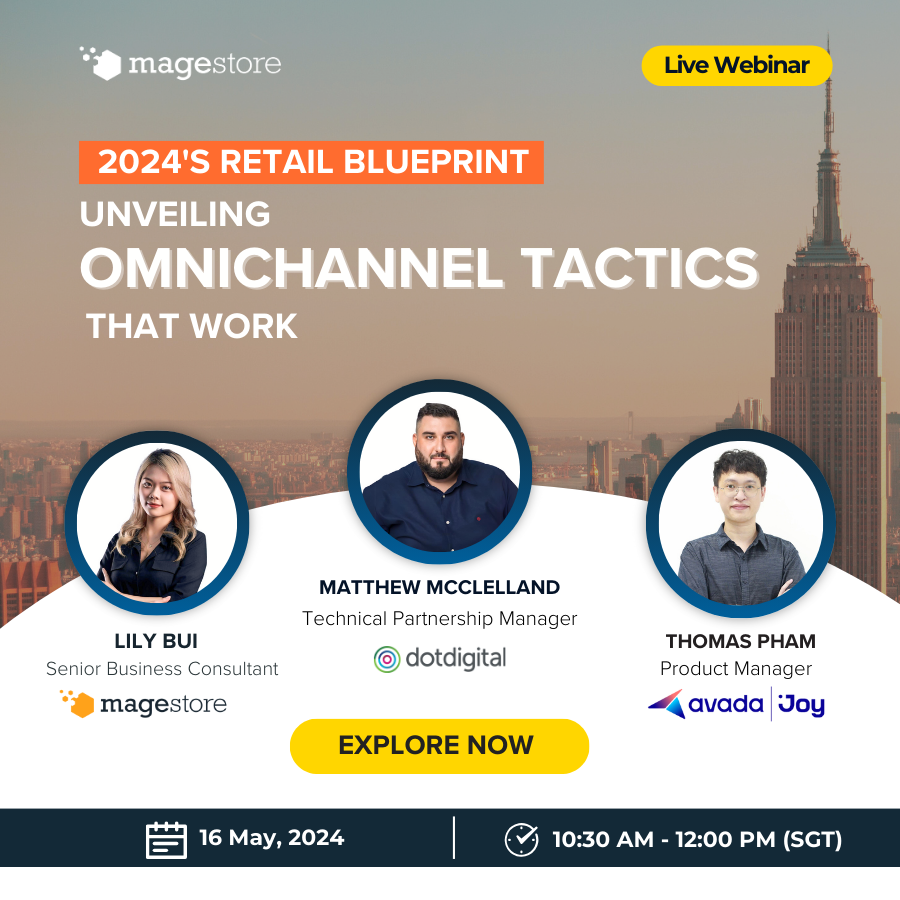
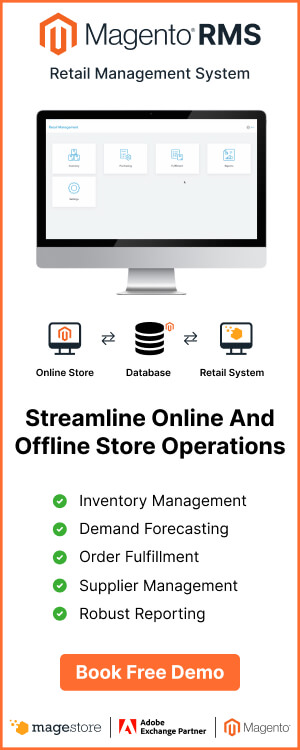

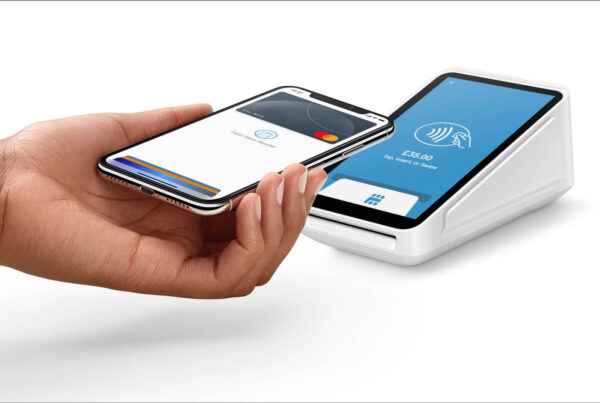
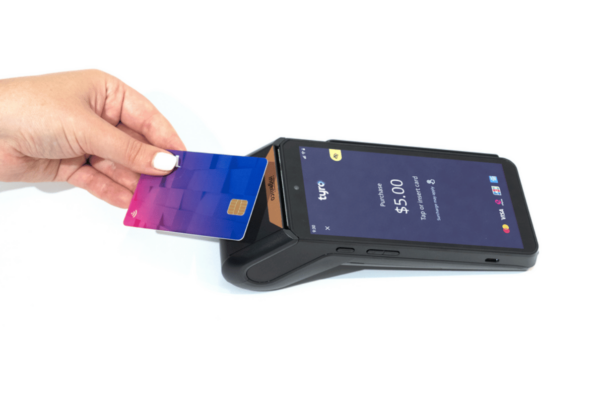
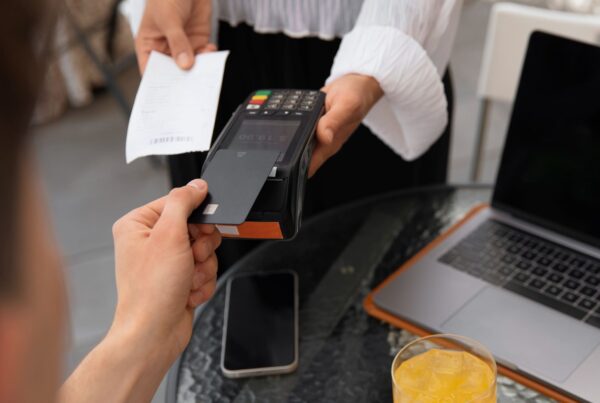





I am taking a class in retail marketing and stumbled upon this resource – it’s so helpful!